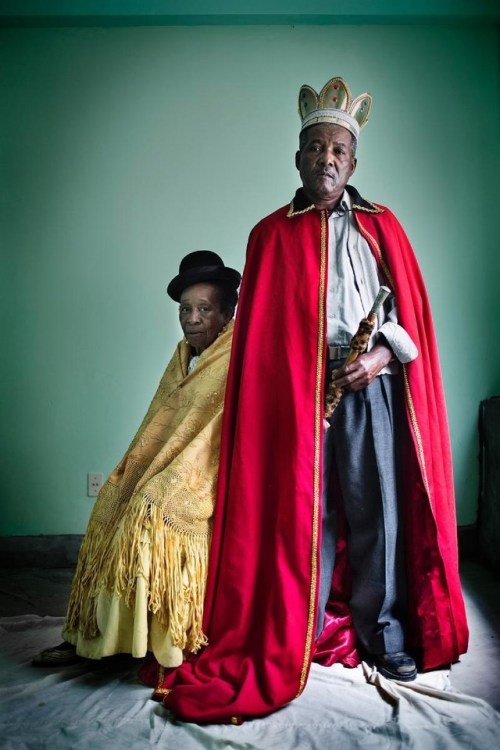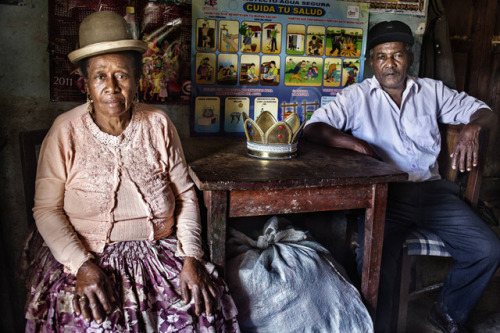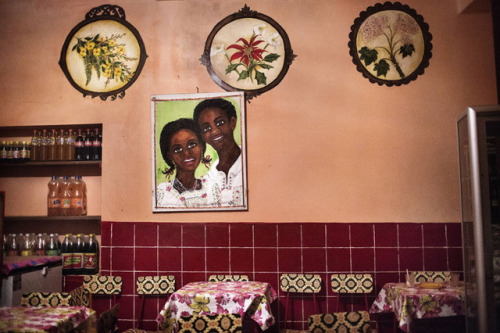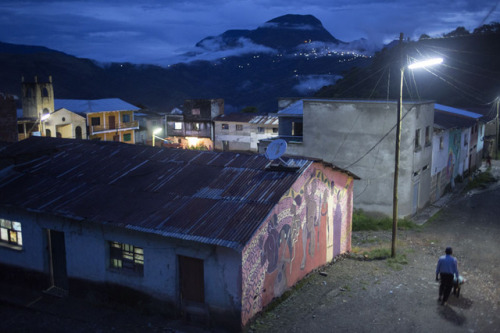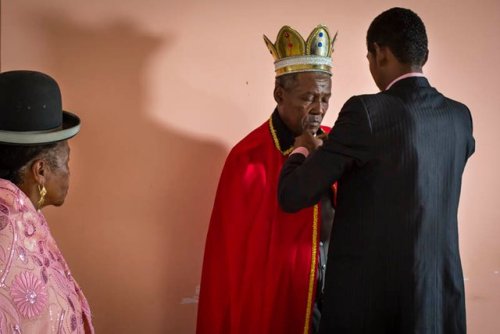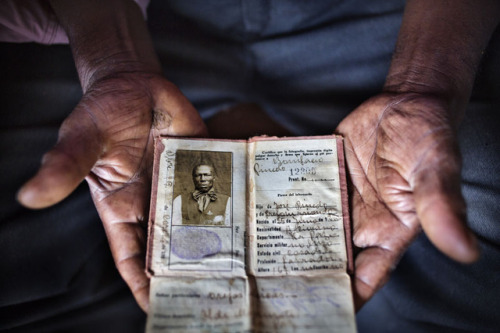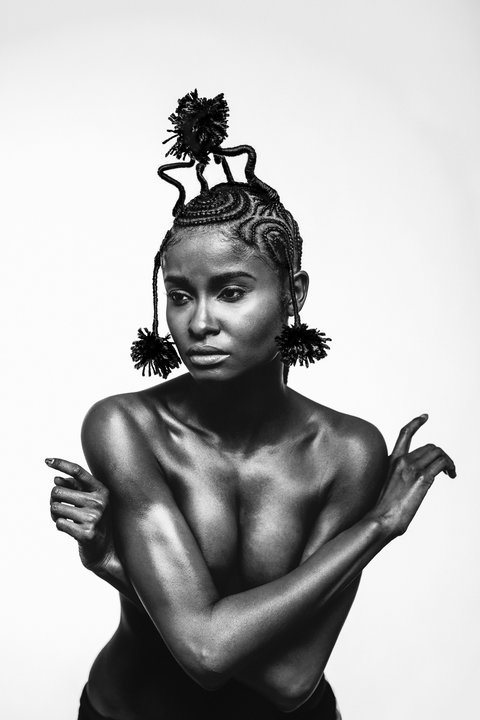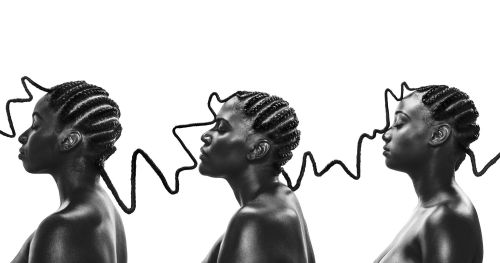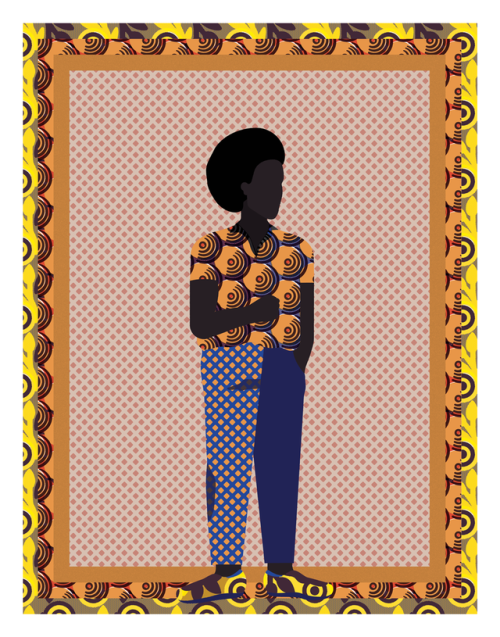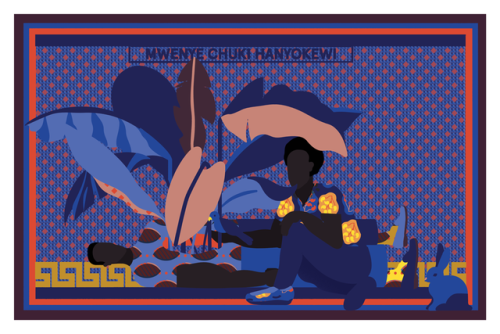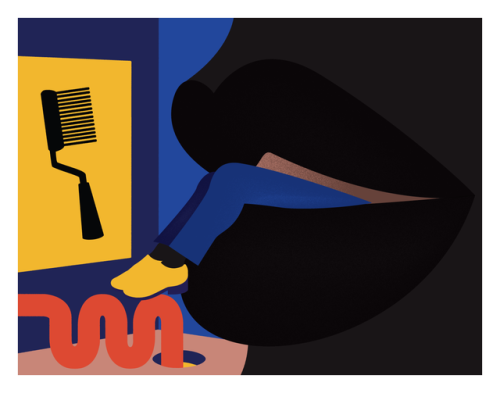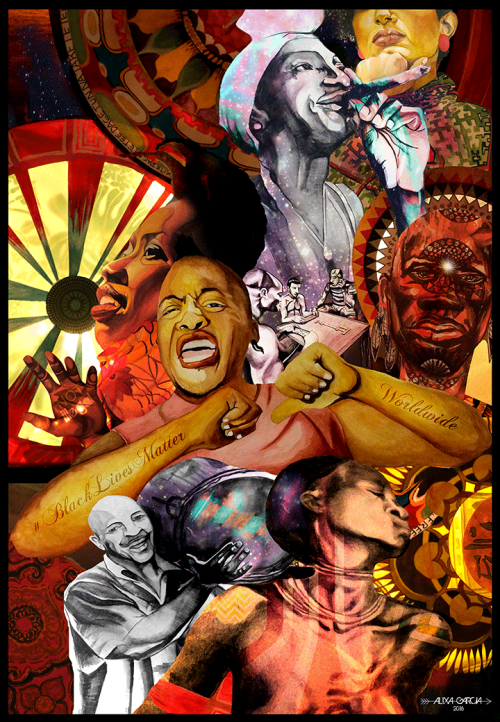#african diaspora










Queen



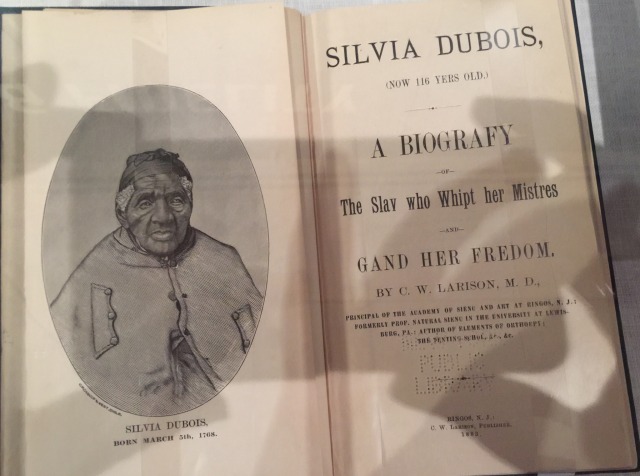


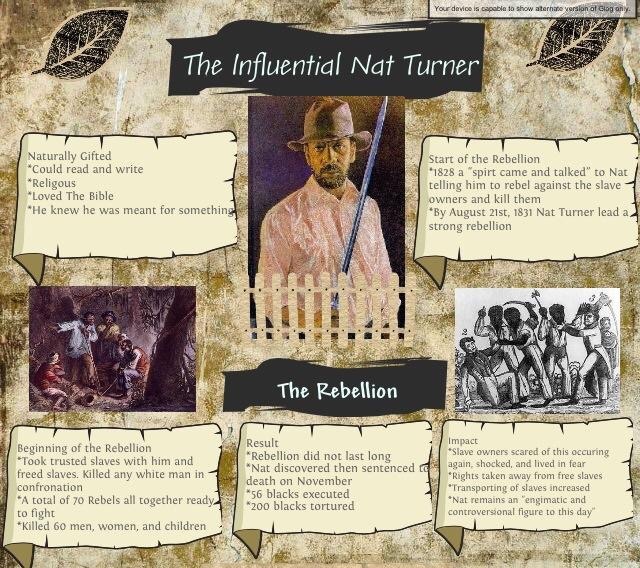



Never forget ✊










The BLACKNESS ✊










The BLACKNESS
I have two burning questions.
1. Why did this Wafer minion answer the door if he was in so much fear for his life? Why didn’t he call the police instead? and
2. When Wafer did decide to answer the door, he did so with a 12-gauge shotgun pointed at the face of a unarmed woman behind a locked screen door. What did he have to fear?
The reasonable doubt rests upon the crooked shoulders of a 54 year old in-humane demon. I would like to see how this will play out on Dec. 18th.
Source:Black Girl Walking
Rest in peace lil sistah!
Post link

Still I Rise
by Maya AngelouYou may write me down in history With your bitter, twisted lies, You may trod me in the very dirt But still, like dust, I'll rise. Does my sassiness upset you? Why are you beset with gloom? 'Cause I walk like I've got oil wells Pumping in my living room. Just like moons and like suns, With the certainty of tides, Just like hopes springing high, Still I'll rise. Did you want to see me broken? Bowed head and lowered eyes? Shoulders falling down like teardrops, Weakened by my soulful cries? Does my haughtiness offend you? Don't you take it awful hard 'Cause I laugh like I've got gold mines Diggin' in my own backyard. You may shoot me with your words, You may cut me with your eyes, You may kill me with your hatefulness, But still, like air, I'll rise. Does my sexiness upset you? Does it come as a surprise That I dance like I've got diamonds At the meeting of my thighs? Out of the huts of history's shame I rise Up from a past that's rooted in pain I rise I'm a black ocean, leaping and wide, Welling and swelling I bear in the tide. Leaving behind nights of terror and fear I rise Into a daybreak that's wondrously clear I rise Bringing the gifts that my ancestors gave, I am the dream and the hope of the slave. I rise I rise I rise.
The Last King of America: An African King in Bolivia
“Tucked away in an isolated part of Bolivia, there is a royal family whose existence is as surprising as it is humble. Despite his title, King Don Julio I and his wife live in a small apartment atop a small store in Mururata, Bolivia, where he farms coca leaves and other crops.
Yet this modest monarch can trace his lineage to [Central] Africa, where his ancestor Prince Uchicho was enslaved in 1820 and taken by the Spaniards to work in the silver mines of the region. That era gave rise to the country’s Afro-Bolivian population, which sustained the tradition, which was largely ceremonial, said Susana Giron, a Spanish photographer who was intrigued by the life of the current king, who was born 73 years ago as Julio Pinedo.”
“I had read stories about how there was a king hidden in the jungle,” Ms. Giron said. “But the story was not very good and the pictures were poor. There was nothing serious that took time. So I decided to document it in depth.”
She had actually stumbled across the story while researching projects to do in Bolivia, which she had planned to visit after participating in a 2012 exhibit in Argentina. It turned out the royal house had a website, which put her in touch with a Spanish diplomat who had been helping the king and his family, paying to send their son, Prince Rolando, to school in La Paz. Through the diplomat, Ms. Giron arranged to stay in the king’s town, being put up in an office across the street from the royal residence, spending the night in a sleeping bag with blankets provided by Queen Angelica.
According to the website and Ms. Giron, after Prince Uchicho was enslaved and taken to Bolivia, other slaves recognized him and persuaded the owner of the hacienda to let them work more hours so the prince would be spared having to toil. He was succeeded by others until the mid-1950s, when King Bonifacio I died, and none of his children took the royal mantle.
Ms. Giron said that a historian who purchased the old hacienda — where the Pinedos had taken the names of the slave owners — learned about the royal connection to Africa and set about to find an heir. His efforts, she said, led him to Julio Pinedo, who was named king in 1992.
“He is a symbolic figure,” she said. “For the Afro-Bolivians, he is important because he gives them a cultural identity. It shows they are a people descended from Africa. It is about their history and culture.”
The history of Africans in Latin America has been coming more and more to the fore in recent years. In Bolivia, it was not until recently that they were even counted in the national census, with their 2012 population pegged at some 23,000 in a country of 10 million. They still face discrimination and socioeconomic obstacles.
“He doesn’t feel like a king,” Ms. Giron said. “He told me, ‘A king lives in a palace, not in misery.’ He is shy and doesn’t talk much. He would rather talk about agriculture than being a king.”
In fact, to gain Mr. Pinedo’s trust, she spent a lot of time with him, at first accompanying him on his daily tasks, in the fields and in town. She said it was important to be discreet and helpful. He ran a small store that sold basic goods — refreshments, oil, bread and vegetables — as well as cultivating a coca patch, whose leaves he harvests, with Prince Rolando’s help, and sells at market.
When he is relaxing, in the store or at home, the king prefers to watch television. His wife on the other hand, is more outgoing. Ms. Giron said she participated in a lot of local events and goes to literacy classes, too.
Ms. Giron has returned to the town to continue documenting his story. There is even talk of the royal family visiting parts of West Africa that may have royal relatives.
“There have been symbolic connections, but they have never traveled to Africa,” Ms. Giron said. “He accepts that humbly, and he would go. He accepts being a king, though it does not excite him. He’s not comfortable in the world of diplomacy. He’s a farmer.”
Source: https://mobile.nytimes.com/blogs/lens/2015/11/17/an-african-king-in-bolivia/
Post link
#arte:ABOVE ALL, 2016, dalla serieBraidsdiSHANI CROWE.
Dalle coste dell'Atlantico, l'arte delle treccine venne preservata e tramandata in tutta la diaspora, fino a diventare, ad oggi, un elemento caratteristico ed imprescindibile del Black aesthetic.
Albaso, bantu knots, box braids, cornrows, twists… Ogni acconciatura racconta una storia ed esprime, articolandosi in precise geometrie, una ricca tradizione culturale tramandata per lo più in ambito familiare.
Shani Crowe, artista afro-americana con base a Chicago, imparò dalle zie e dalle cugine, all'età di otto anni, la «sacred art» del ’braiding’. E perfezionò a tal punto la pratica da creare acconciature ben più complesse di quelle che era solita farsi fare dalla famiglia.
Intrecciare i capelli divenne una passione che, oltre a garantirle un gran numero di clienti, la aiutò a concepire negli anni l'idea di un progetto volto a celebrare l'arte delle treccine e le donne che le indossano.
Braids, in esposizione al MoCADA Museum, è un progetto di dieci scatti in bianco e nero, in cui le donne, ritrattate dall'artista di Chicago, indossano acconciature regali realizzate da Crowe stessa, ed ispirate a «gods and goddesses or presentations of divine people or divine beings», ma anche alle tradizioni d'origine: «some of my inspiration is from Ethiopia, Eritrea, of course you have Ghana and Nigeria».
«I think it’s important to preserve Black hair style because Black people, especially, should be charged with preserving their own history because when it’s in the hands of other people sometimes it’s not necessarily accurate. And also it gives you something to be proud of when you take the time to study where you come from and really celebrate the qualities that you have»,
Post link
Today’s Black Futures Month poster celebrates Blackness from a global perspective. Created by Climbing Poetree’s Alixa Garcia, this beautiful piece is titled “Inextricable.” Find Climing Poetree at climbingpoetree.com/experience/see-artwork/, instagram.com/climbingpoetree and twitter.com/climbingpoetree
The accompanying article, written by Luvvie Ajayi, can be found here: http://www.huffingtonpost.com/luvvie-ajayi/global-blackness-and-diasporan-dopeness_b_9180678.html?1454851465
#BlackFutureMonth #BlackLivesMatter #VisionsOfABlackFuture
Post link





